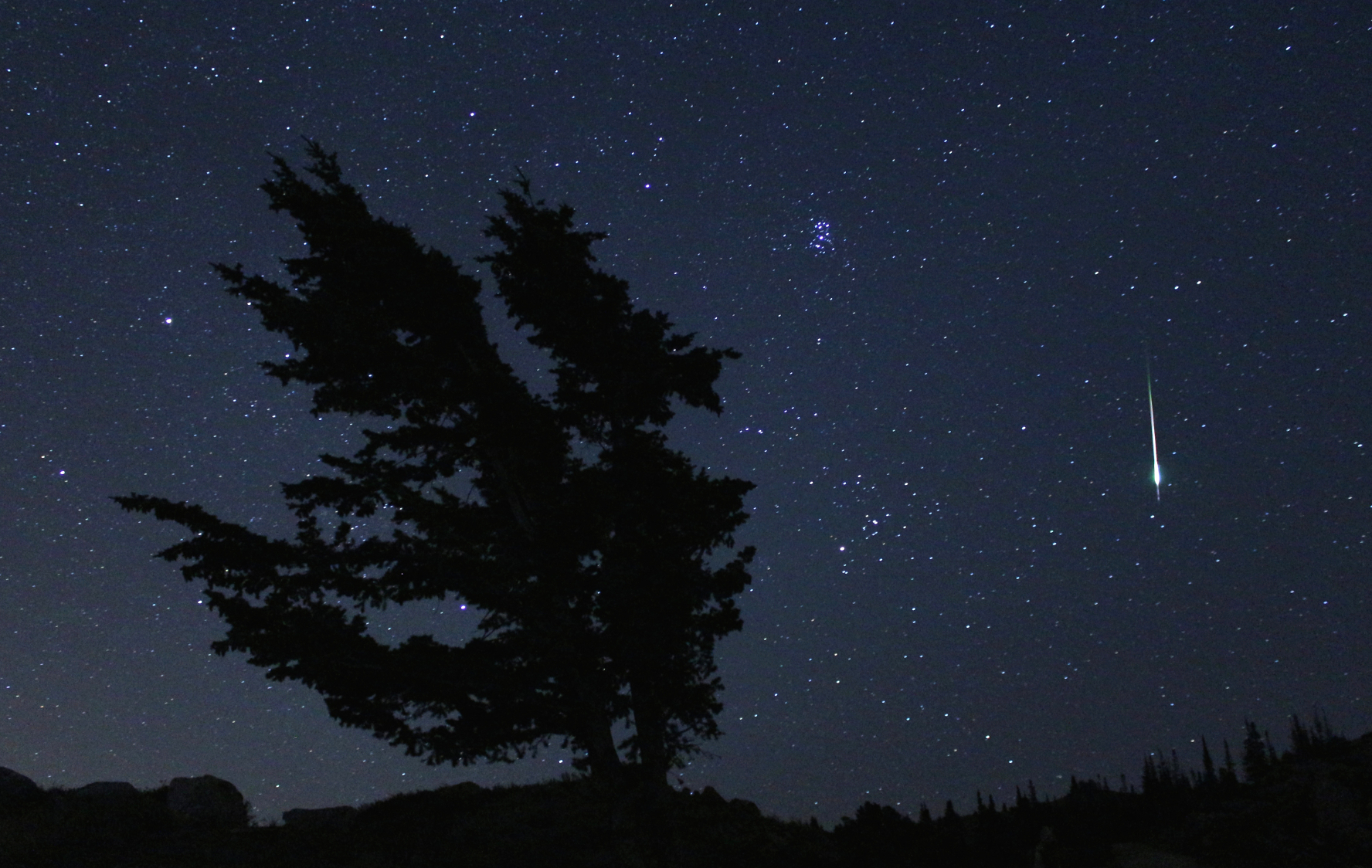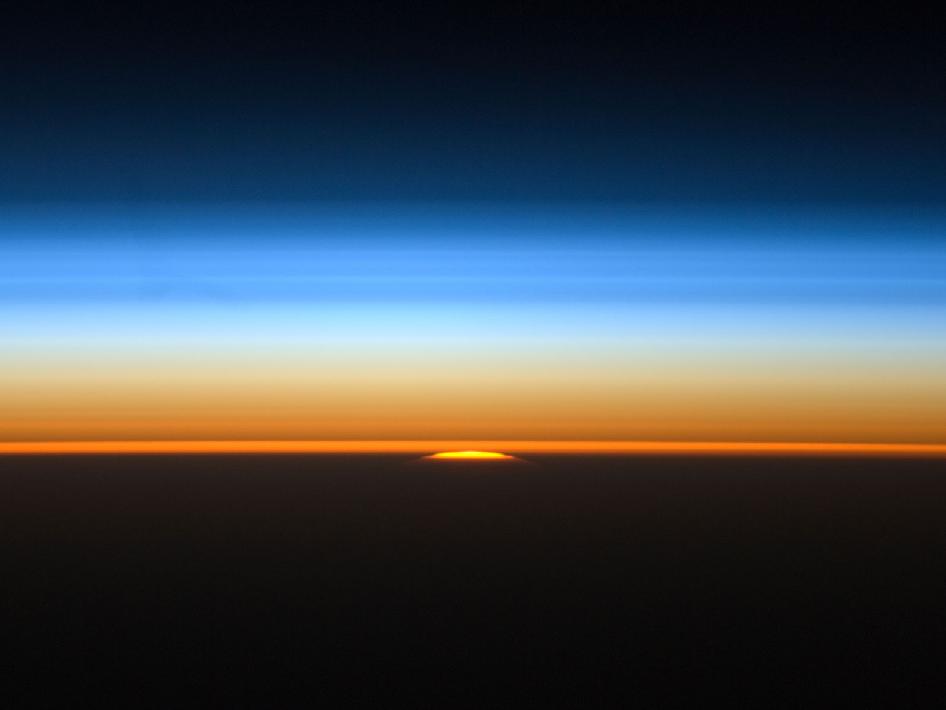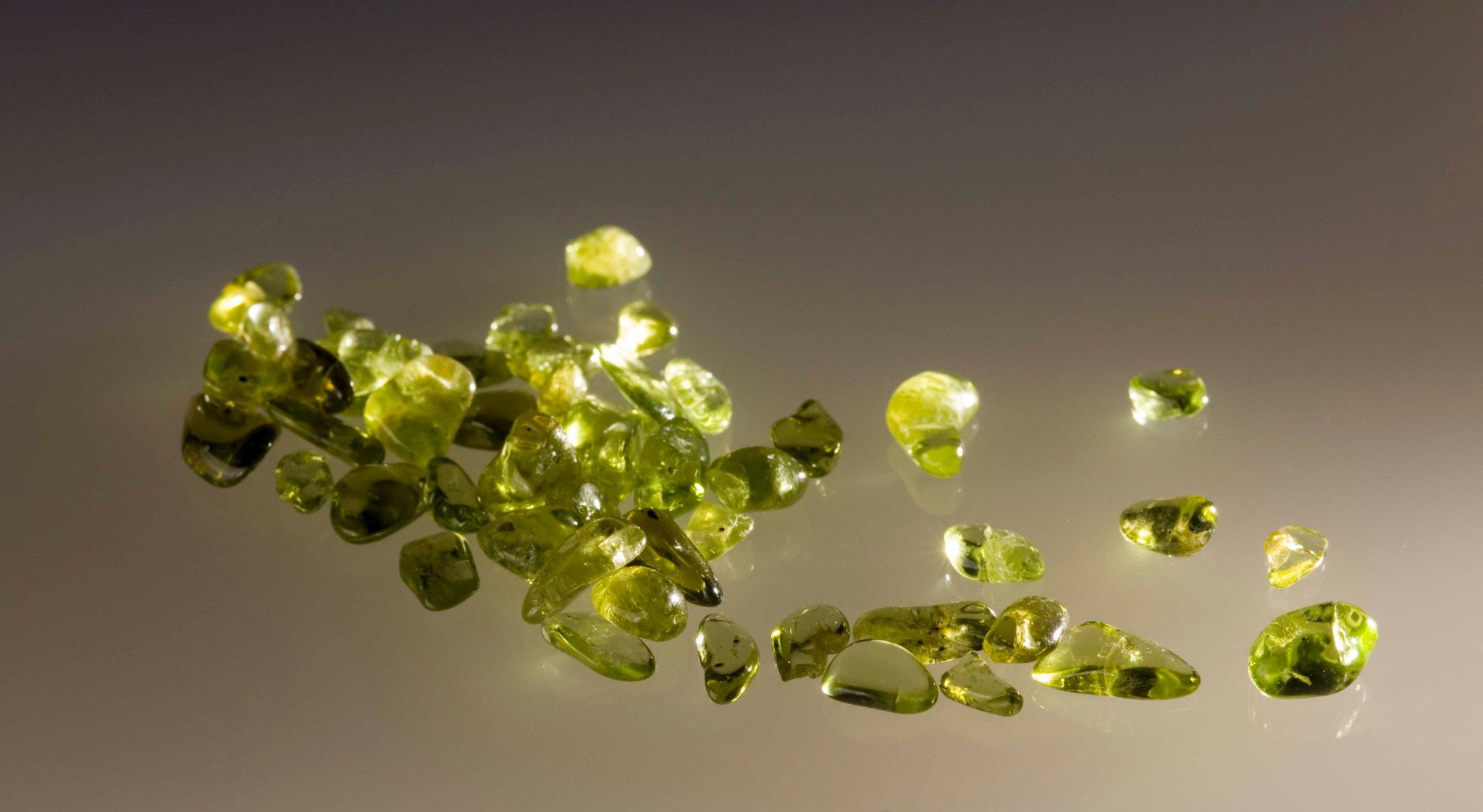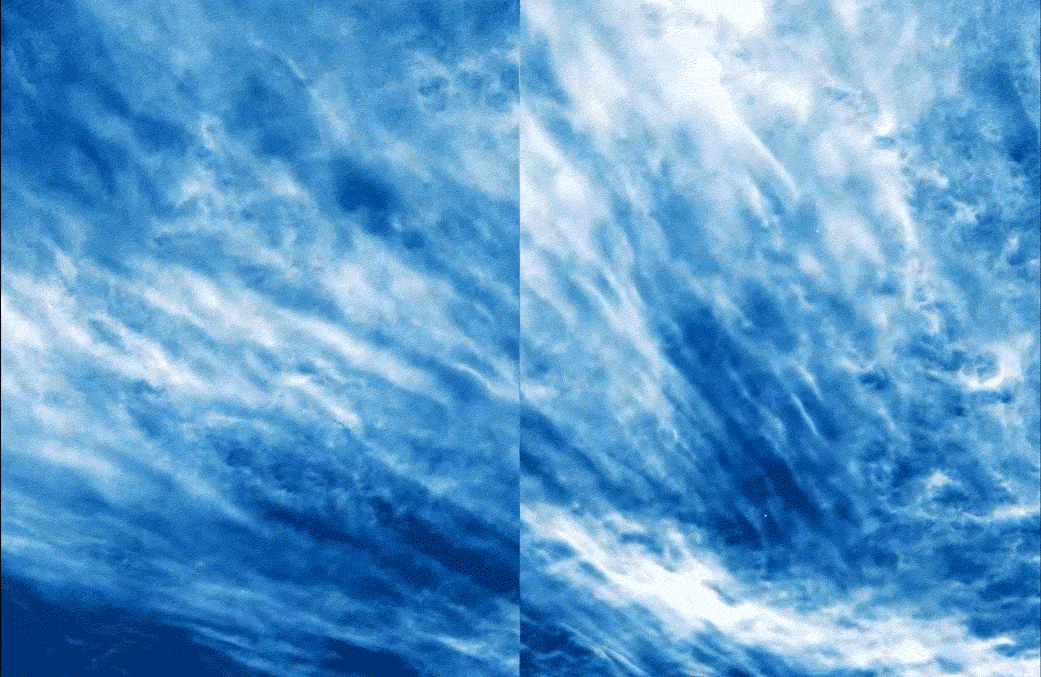It’s time for the Geminids, the annual December meteor shower! Every year, Earth passes through the debris trail from the asteroid 3200 Phaethon. The pea-sized rocks it leaves behind burn up in our atmosphere, producing glowing trails in the night sky. People around the world will stare skyward and marvel at these meteors, also known as shooting stars.
What we can’t see with the naked eye is the steady rain of much smaller meteoroids, often called cosmic dust, that bombards our atmosphere every day of the year. Produced when asteroids collide or comets are vaporized by the Sun, some of this material burns up when it enters the atmosphere, just like the Geminids but on a much smaller scale. About 55 miles above Earth, the miniscule fireballs leave a puff of even tinier particles, called meteoric smoke. The particles stick to each other and grow like tiny snowballs as they fall to Earth over several years.
Scientists had long predicted that meteoric smoke existed in Earth’s middle atmosphere, but at one-thousandth the width of a human hair, these high-altitude particles are difficult to study. What the smoke is made of, how much of it there is, and what role it plays in the atmosphere are all questions scientists have been working to answer.
Previously, they tried to do so using suborbital rockets, but the instruments only had a few minutes to collect data before falling back to Earth. The data they did collect were difficult to interpret. Researchers also made guesses about the smoke’s composition by analyzing meteorites, fragments of meteors that arrived on Earth. They looked at tiny pieces of these space objects in polar ice cores and on urban rooftops, but they couldn’t reliably measure smoke in the atmosphere.
NASA’s Solar Occultation for Ice Experiment (SOFIE), which launched onboard NASA’s Aeronomy of Ice in the Mesosphere (AIM) satellite in 2007, was the first instrument up to the task.
The First Survey
From its orbit, SOFIE stares through Earth’s atmosphere at the Sun, inferring information about the atmosphere by measuring the sunlight that passes through it. SOFIE measures the intensity of particular wavelengths of light at different altitudes in the atmosphere.
Plugging those intensity measurements into models, researchers can determine which atoms or molecules are present in the atmosphere. SOFIE can detect a variety of gases, including carbon dioxide and ozone, as well as aerosols — tiny solid or liquid particles suspended in the air. A few of the wavelengths are used to detect meteoric smoke. Scientists used SOFIE’s data to create the first long-term, space-based survey of meteoric smoke, revealing that it contains mostly iron, oxygen, silicon, and magnesium.
Refining the Findings
Scientists had so far disagreed how much cosmic material makes its way to into Earth’s atmosphere each day, with estimates ranging from two to more than 200 tons. But SOFIE provided a new kind of data that, when cross-checked with other analyses, could offer a more precise number. First, though, the scientists needed to figure out exactly what minerals meteoric smoke was made of.
By 2017, they’d narrowed it down to nine possibilities based on their data. “This was tremendous progress even though we had a range of possible answers,” said Mark Hervig, a scientist at GATS, Inc., and the principal investigator for SOFIE. But to better answer their remaining questions, the researchers needed to know which of the nine compositions should go in their models.
Fortunately, a group at the University of Leeds in the United Kingdom had recently gone to the South Pole to collect samples of cosmic dust that survived atmospheric entry. The ratio of iron, magnesium, and silicon they measured matched one of nine possible mineral variations the SOFIE team had identified: iron-rich olivine, a green mineral also abundant on Earth.
Using their own data and calculations, the Leeds team had estimated how much cosmic material entered Earth’s atmosphere. When the SOFIE team ran their own models with information about iron-rich olivine, the two teams’ estimates converged: Each day, about 25 tons of extraterrestrial material makes it to Earth.
Impacts of Meteoric Smoke
There’s still much to learn about how meteoric smoke interacts with the atmosphere and affects life on Earth, but scientists have already discovered a lot.
People have observed iridescent clouds at polar latitudes in the summer since the late 19th century. It was long speculated that these noctilucent, or night-shining, clouds were made of ice. Scientists confirmed that in 2001 using data from a precursor to SOFIE. The finding answered one question but raised another. Ice needs a nucleus such as a grain of dust on which to crystallize, and the upper atmosphere where these clouds form was thought to be quite clean. Where did the dust come from? In 2012, using SOFIE, the researchers found their answer: meteoric smoke.
There is some speculation among scientists about other effects as well. One of them is the phenomenon of iron fertilization. Iron is essential for photosynthesis, the process by which plants convert sunlight into sugar. In the ocean, where phytoplankton reside, iron can be hard to come by. Much of it blows in as dust from land before sinking quickly. Some scientists suggest that another source might be meteoric smoke that has drifted down from the mesosphere. So it’s possible — but not certain — there’s some extraterrestrial iron contributing to photosynthesis in the ocean!
Scientists are also looking into the role of meteoric smoke in water formation in the mesosphere. It’s possible that oxygen and hydrogen react in the mesosphere, forming water. But like the ice crystals in noctilucent clouds, the hydrogen and water would need a hard surface upon which to react. Meteoric smoke might provide the necessary surface.
“There are questions and mysteries in our atmosphere that meteoric smoke may play a role in,” Hervig said. “It’s really frontier stuff.” Data from SOFIE continues to help answer some of these questions, offering insight into the effects these cosmic particles have on Earth.
By Anna Blaustein
NASA’s Goddard Space Flight Center, Greenbelt, Md.


























